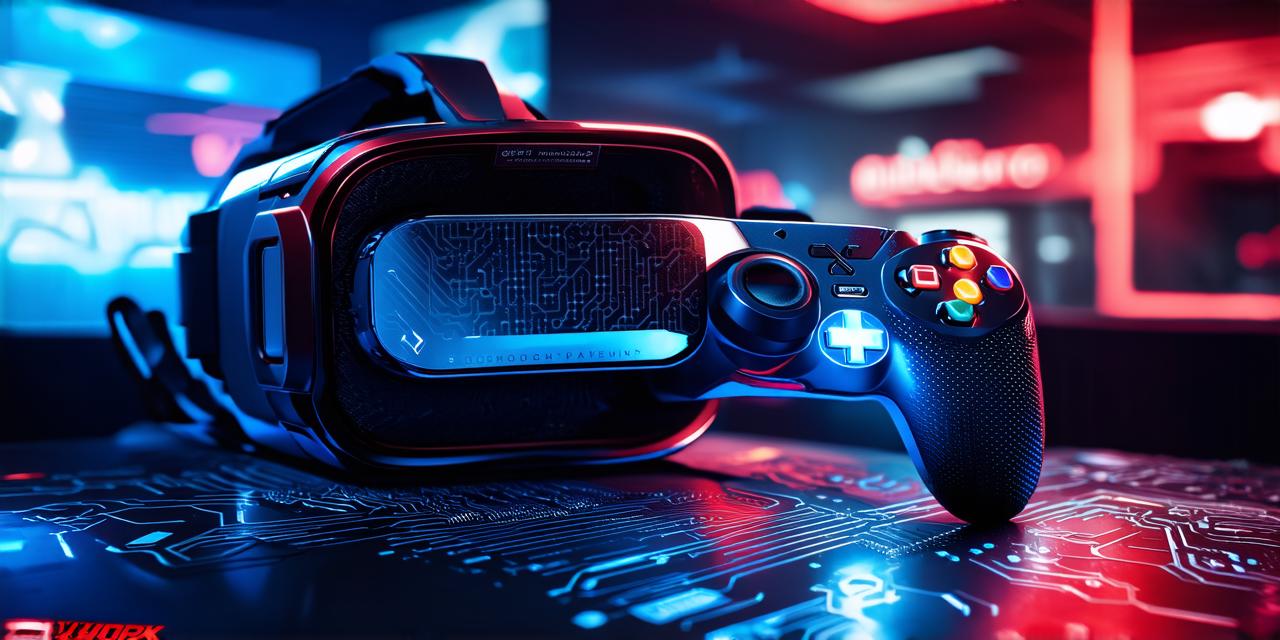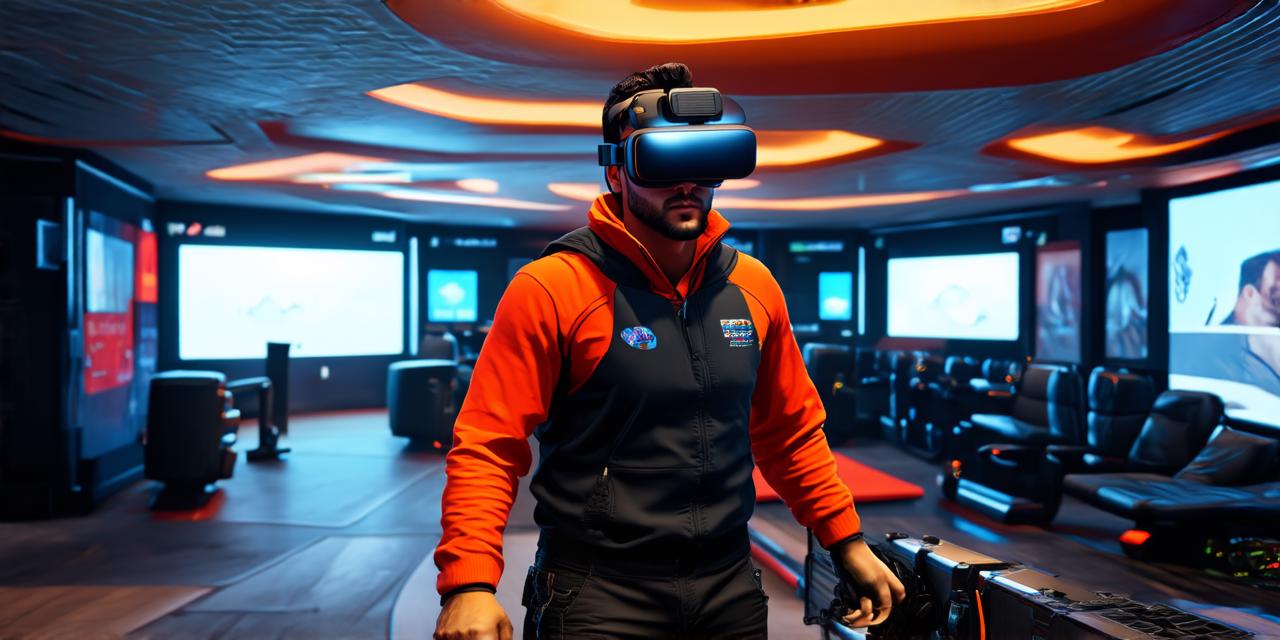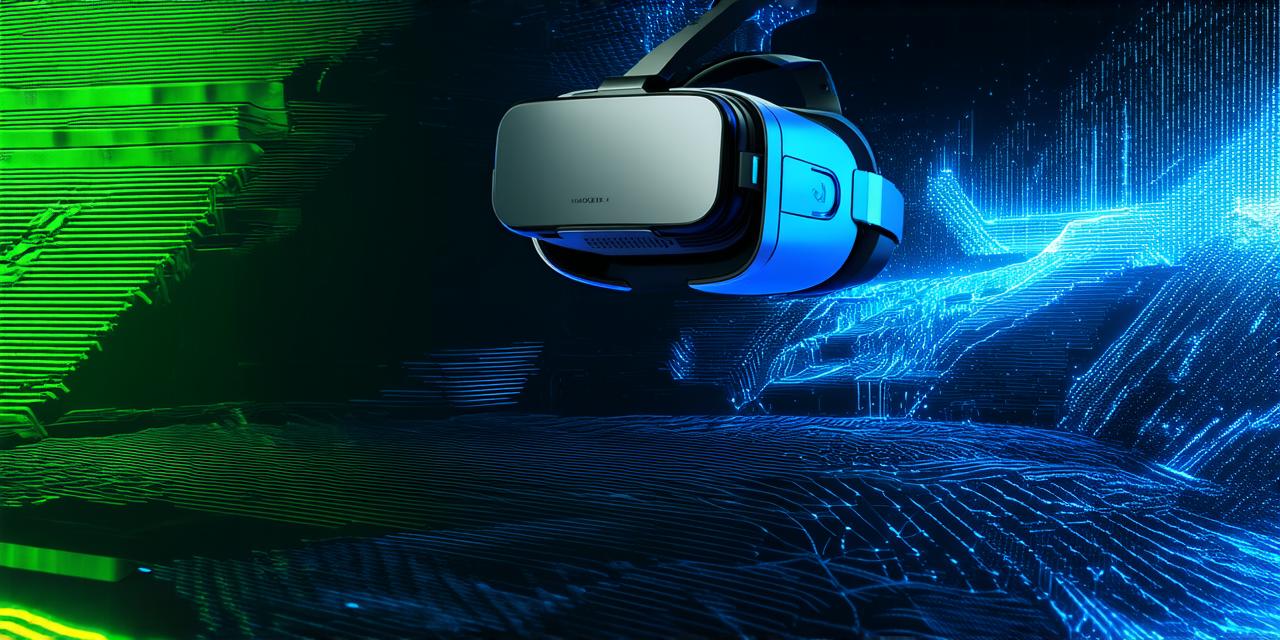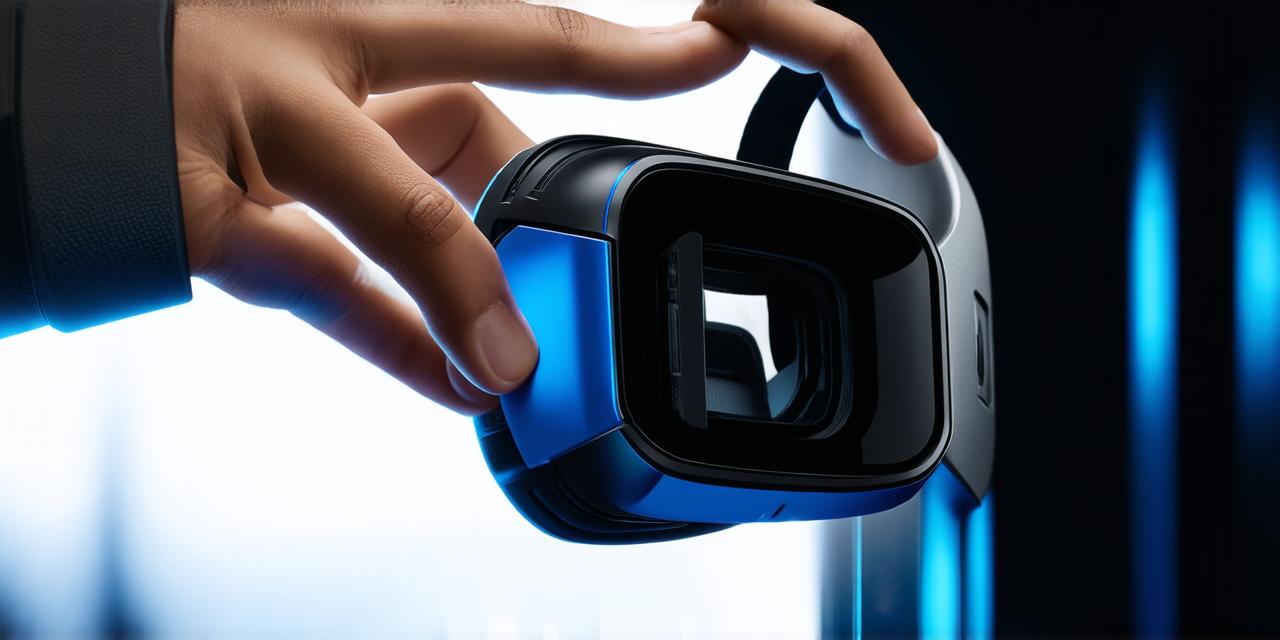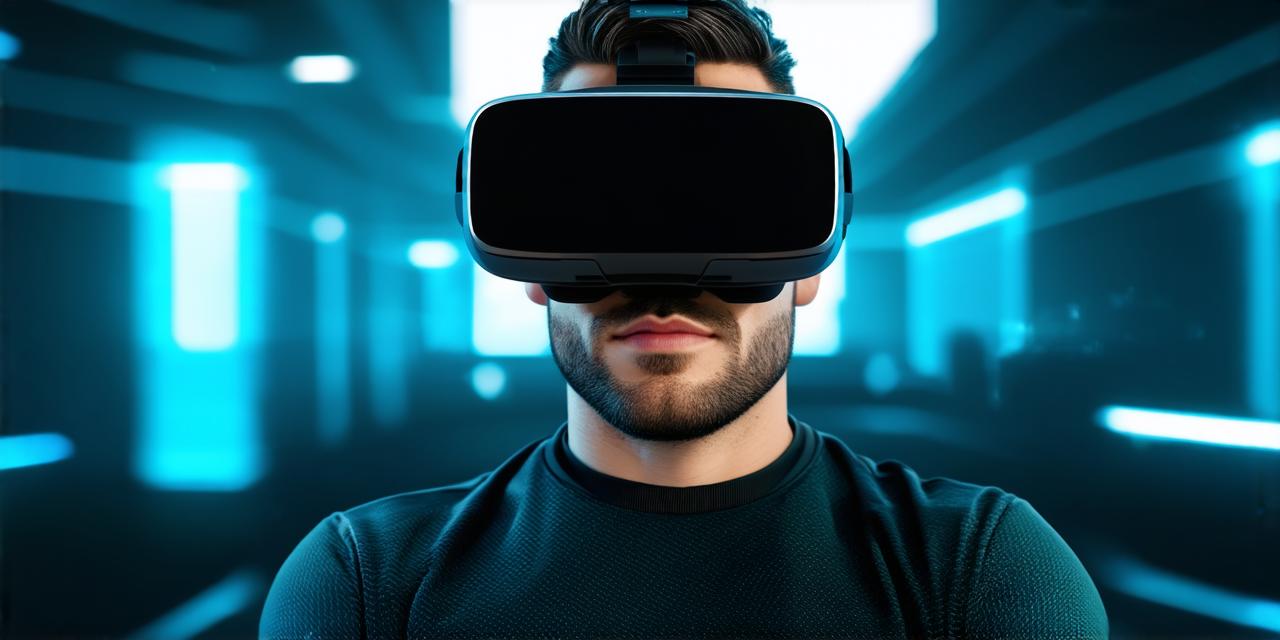Graphics Resolution:
The graphics resolution is one of the biggest factors that affects the size of VR games. Higher resolution graphics require more memory, which in turn increases the game size. Developers need to strike a balance between graphics quality and game size to provide an optimal experience for players without causing lag or crashes. A good practice is to use lower resolution graphics at the start of development and then optimize them as needed.
Game Content:
The amount and complexity of game content also play a significant role in determining VR game size. Games with more intricate levels, characters, and objects will have larger file sizes than simpler games. Developers should consider optimizing their game content by removing unnecessary elements and simplifying complex scenes to reduce game size. This can include reducing the number of textures and materials used in the game, removing unused assets, and reducing the level of detail in certain areas of the game.
Compression Techniques:
Compression techniques can also help reduce the size of VR games. Developers can use lossless or lossy compression methods to reduce the amount of data required for game files, without sacrificing quality. However, these techniques may require specialized hardware and software, which can increase development costs. Lossless compression methods preserve all the original data in the file, while lossy compression methods discard some of the data to reduce the file size.
Network Bandwidth:
Network bandwidth is another factor that affects VR game size. Games with high network requirements will need more storage space, as players will need to download large amounts of data before they can play the game. Developers should consider optimizing their network requirements by reducing the amount of data that needs to be transferred over the network. This can include using compression techniques, reducing the number of assets that need to be downloaded, and reducing the size of textures and materials used in the game.
User Input:
User input also affects VR game size. Games that require more complex input, such as hand tracking or motion capture, may have larger file sizes due to the additional data required to capture user movements. Developers should consider simplifying user input requirements to reduce game size without compromising player experience. This can include reducing the number of sensors used for input, simplifying the input patterns, and reducing the amount of data that needs to be transferred over the network.
Case Study: “Beat Saber” by Beat Games
Beat Saber is a popular VR rhythm game that has been praised for its immersive and engaging gameplay. The game’s file size is relatively small, despite its complex graphics and intricate game content. This is due in part to the use of compression techniques by the developers at Beat Games. The company also optimized the game’s network requirements by reducing the amount of data that needs to be transferred over the network. They used lossless compression techniques such as HEVC, which is a high-performance codec that provides excellent compression ratios while preserving image quality.
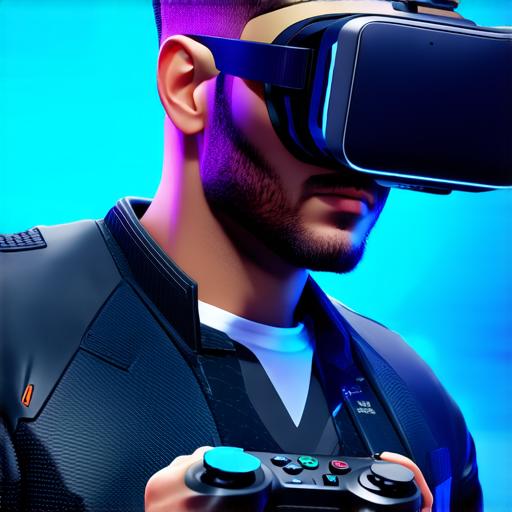
Real-Life Examples:
One real-life example of the impact of VR game size on user experience is the launch of Oculus Quest 2. The new VR headset has a smaller storage capacity than its predecessor, which means that some VR games may not fit on the device without causing performance issues. Developers need to optimize their games for the new hardware by reducing file sizes and improving compression techniques to ensure a seamless user experience. They also need to consider the limitations of the device’s processing power and memory to avoid lag or crashes.
Conclusion:
The size of VR games is an important factor for AR developers to consider when creating immersive experiences for players. By optimizing graphics resolution, game content
